Cathy Harris led a circular walk on the Hardwick Estate on the cool grey morning of Wednesday 3 July. Members gathered by the roadside near the former Kings Head pub (now a private house) at Collins End, near Goring Heath. A gap in the hedge marked the start of a footpath which led in a south-westerly direction. Cathy gave a brief description of the history of the estate, dating back to Saxon times. It was bought by Sir Charles Day Rose in 1909. He had made his fortune through mining and railway investments in North America, India and Africa. He was a keen sportsman, motorist and aviator, and was believed to be one of the inspirations for Toad of Toad Hall in The Wind in the Willows. His family still owns the 900 acre estate, which consists of 500 acres of sustainably managed woodland, together with a number of organic farms. The farmland was converted to organic status in 1975. The footpath led through a number of grassy pastures. It was pointed out that one of these to the right of the path was known for its thriving population of the tiny-flowered Blinks, which flowers in the spring. Two Pyramidal Orchids were spotted next to the path. The next field was an old orchard, surrounded by a neatly laid hedge. At the entrance to the field was a medlar tree with fruits. A line of big old Walnut and Cherry trees crossed the field, with bees seen flying in and out of a hole in one of the Cherry trees. At the far side of the field, a Kestrel was spotted and a Green Woodpecker was seen on a telegraph pole. There was a brief diversion to look at the stunning display of flowers in a field cultivated by Artisan Flowers, a small company which grows flowers organically and sustainably for the domestic market.
The walk continued along a track to a field of broad beans with a beautiful display of poppies round the margins. A narrow pathway led through the crop, with abundant specimens amongst the crop of Corn Spurrey, a rare arable weed. Towards the middle of the field, a single pink-flowered specimen of the even rarer Weasel’s-snout was found. The next field crossed a flowery pasture, which was being lightly grazed by two horses on the far side. Flowers seen here included Vervain, Musk Mallow, Self-heal and White Campion. Several Meadow Brown butterflies were on the wing. In the next field, the path crossed a steep chalk bank with a rich mix of flowers, including both Field Scabious and Small Scabious with narrow leaves, Pyramidal Orchids, Rest Harrow, Greater Knapweed, Yellow-wort, Marjoram, Common Bird’s-foot-trefoil and Hop Trefoil. Marbled White butterflies were flying here. At the bottom of the valley were a number of big clumps of Musk Thistle. The path climbed steeply up the other side of the valley, dipped into a strip of woodland and emerged on the track to Path Hill Farm. Signs were displayed in the farmyard for a number of businesses, including Oxford Renewables, Path Hill Outdoors, which delivers outdoor education programmes to schools, youth groups and individuals, and Hempen, which produces organically grown hemp products. The track continued on the other side of the farmyard, leading into woodland. A Song Thrush and Enchanter’s Nightshade were seen here. At the side of the track was a bank with many round holes. While the discussion as to what had made the holes was under way, a Common Frog was spotted on the bank. It hopped quickly up to the top of the bank and over to the other side. Then several Ringlet butterflies, Woodruff and a Common Gromwell plant were seen. The track led to a road which was lined with Cherry trees. A sign asked passers-by not to pick the cherries as they were going to be sold as a commercial crop. After some debate, it was decided that cherries which were already on the ground could not be sold and so could instead be picked up and eaten. They were delicious. The track led back to the footpath where we had first seen Pyramidal Orchids earlier in the day, and this led back to the cars. Everyone then went to the Packhorse pub for lunch.
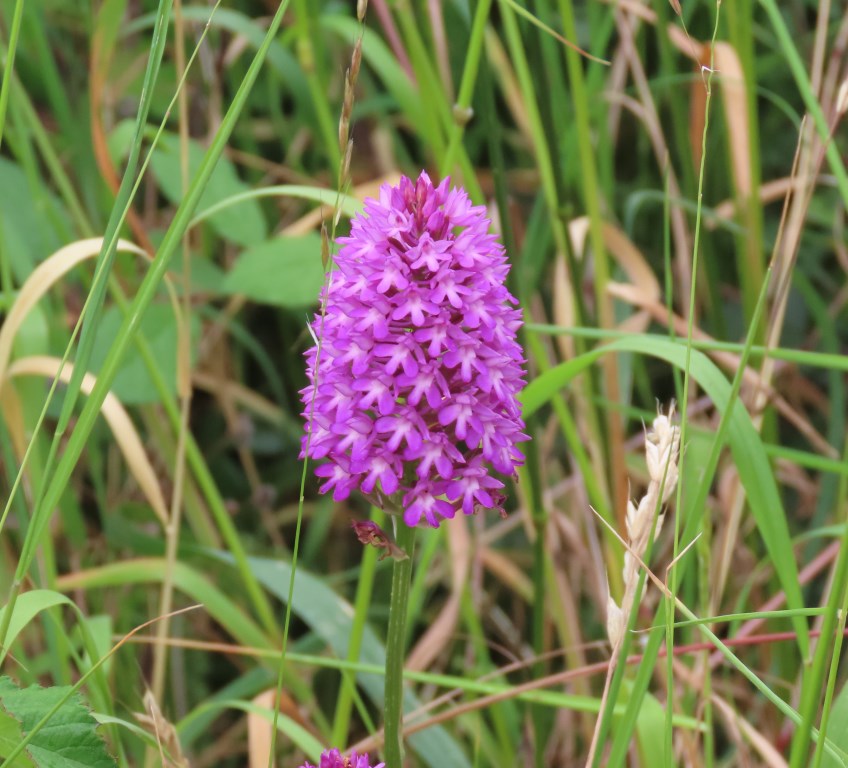
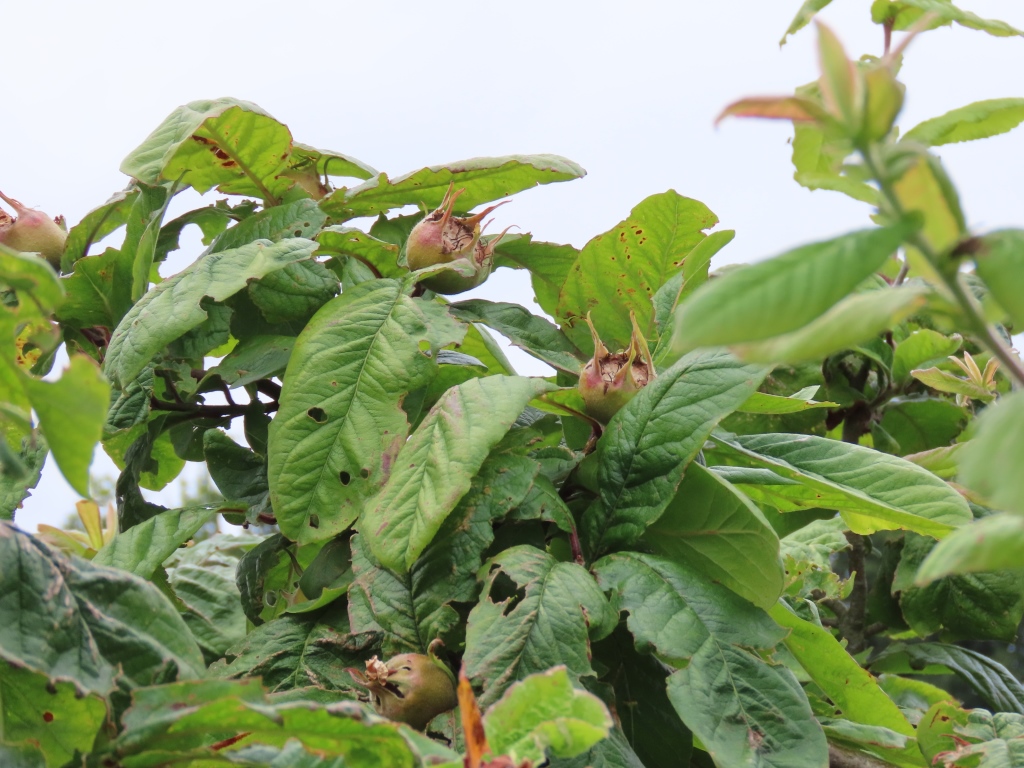
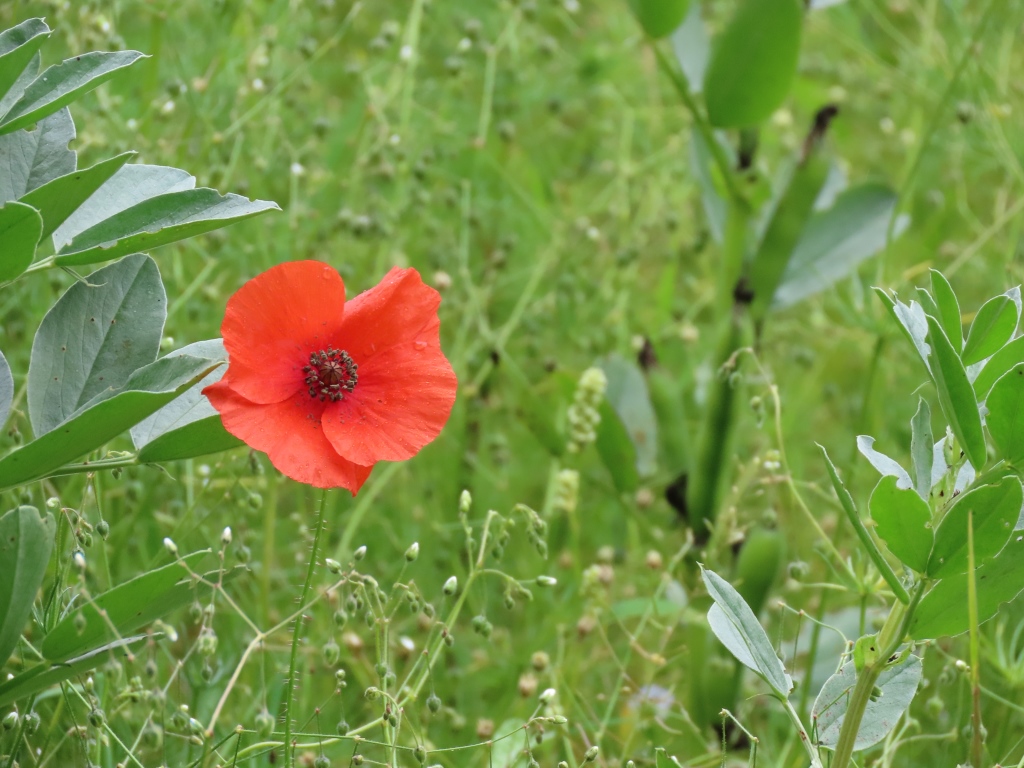
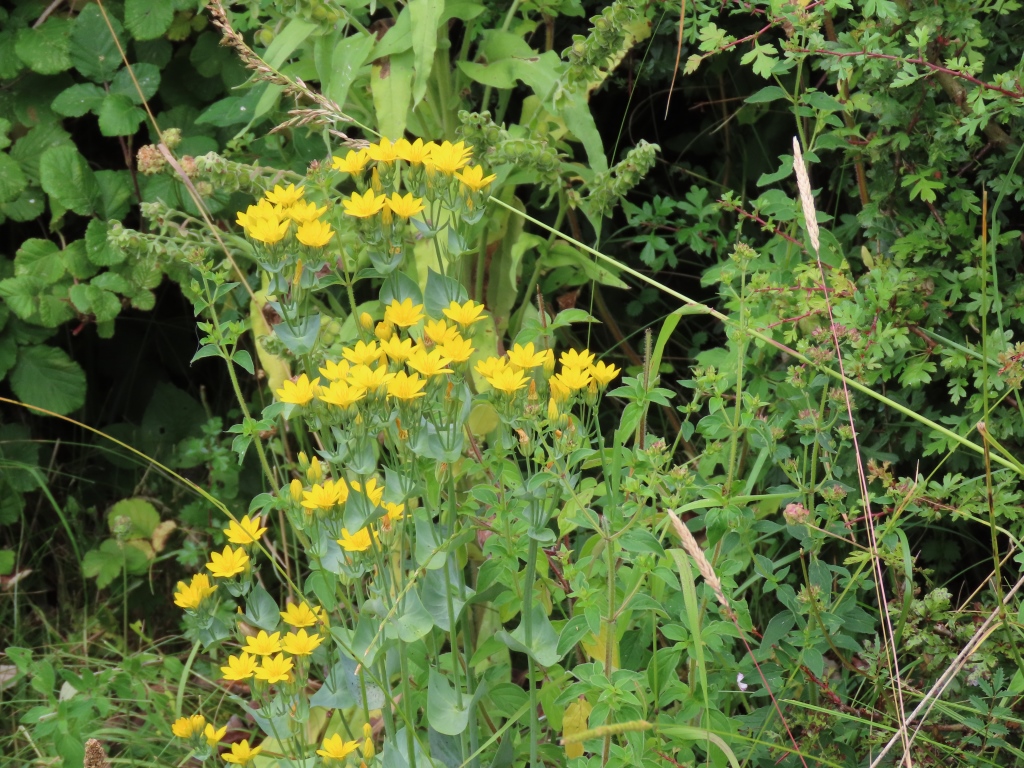
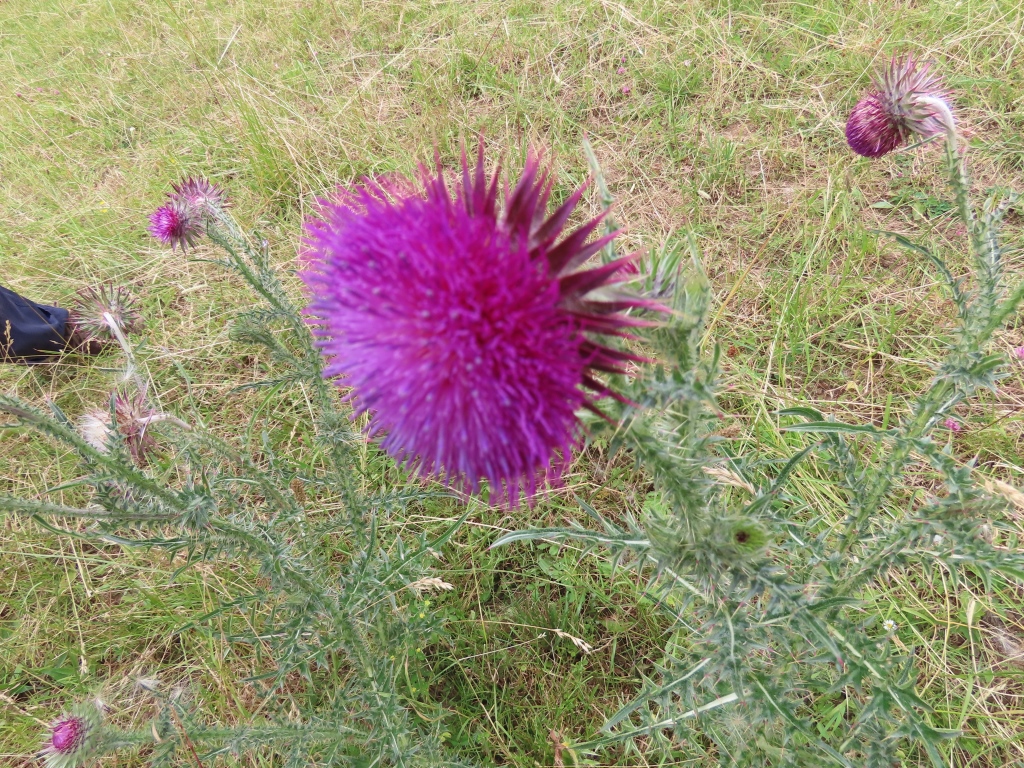
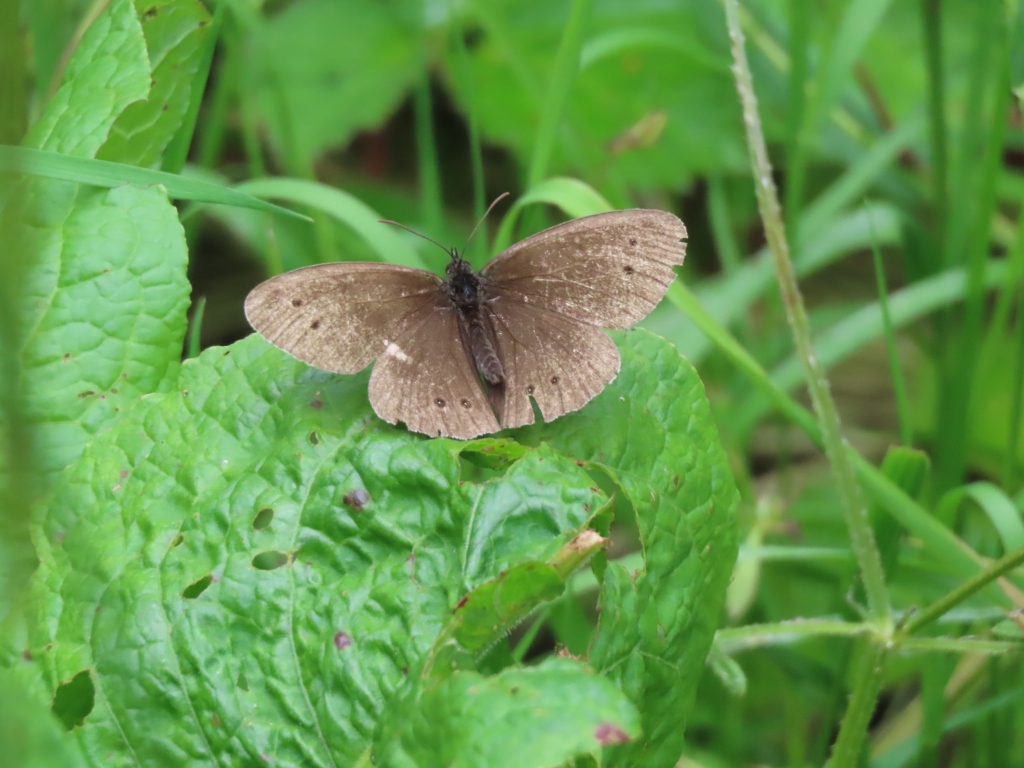
Pictures by Fiona Brown
